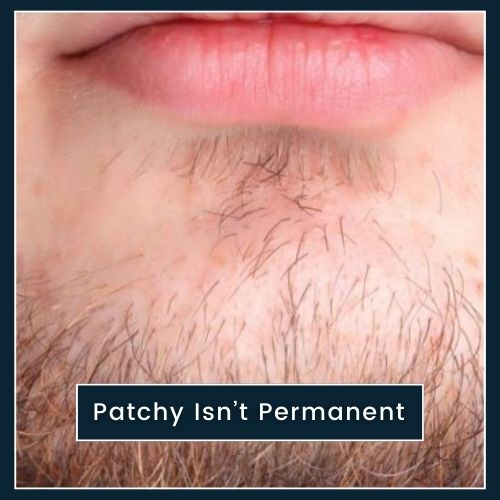
Understanding Your Current Growth
Take a clear look at the facial hair you already have before you decide you cannot grow a beard.
You might wear strong stubble, a neat goatee, or a full mustache yet still see thin cheeks.
You could spot small gaps or spots that will not join up. When you know your exact pattern you can shape it rather than fight it.
You might wear strong stubble, a neat goatee, or a full mustache yet still see thin cheeks.
You could spot small gaps or spots that will not join up. When you know your exact pattern you can shape it rather than fight it.
Related: Why Doesn’t My Beard Hair Connect?

















